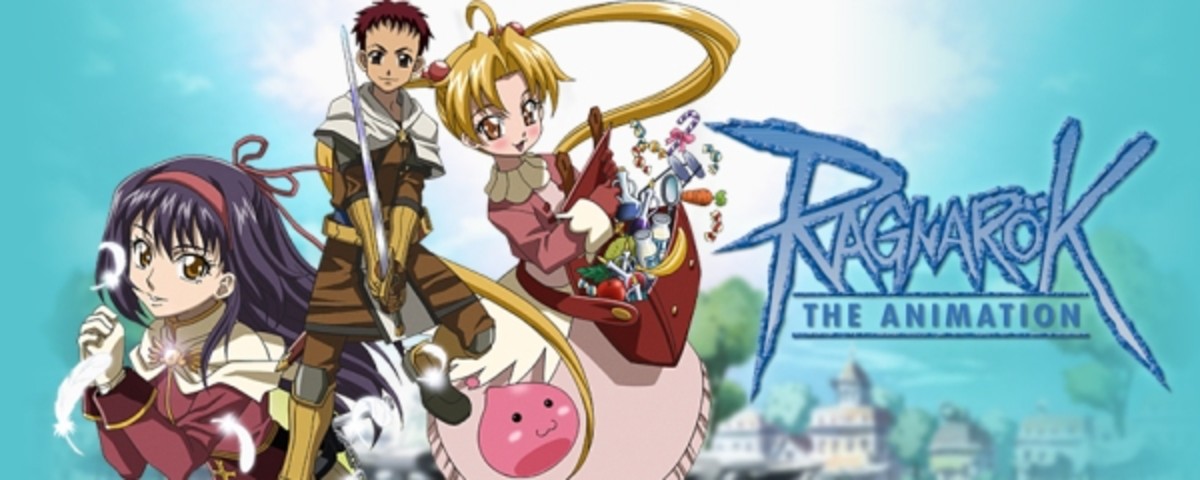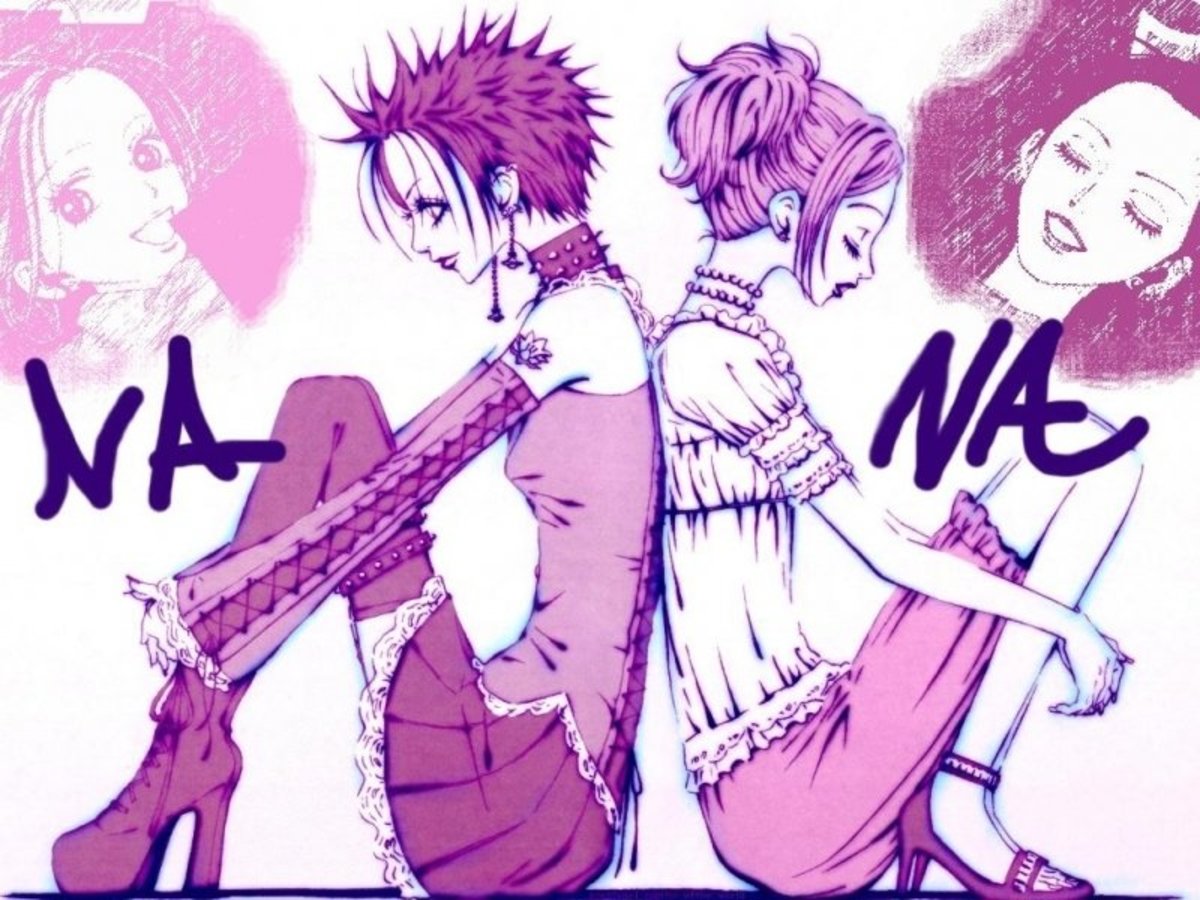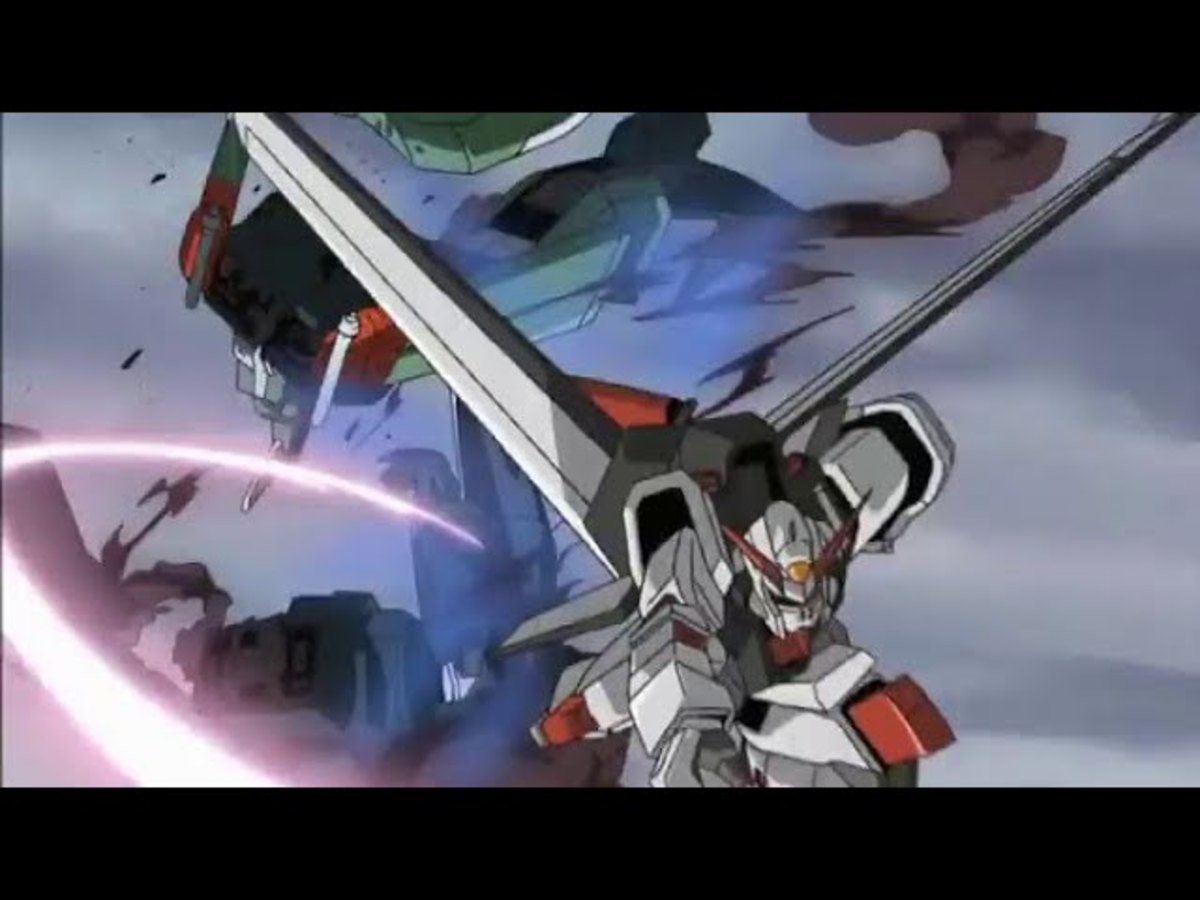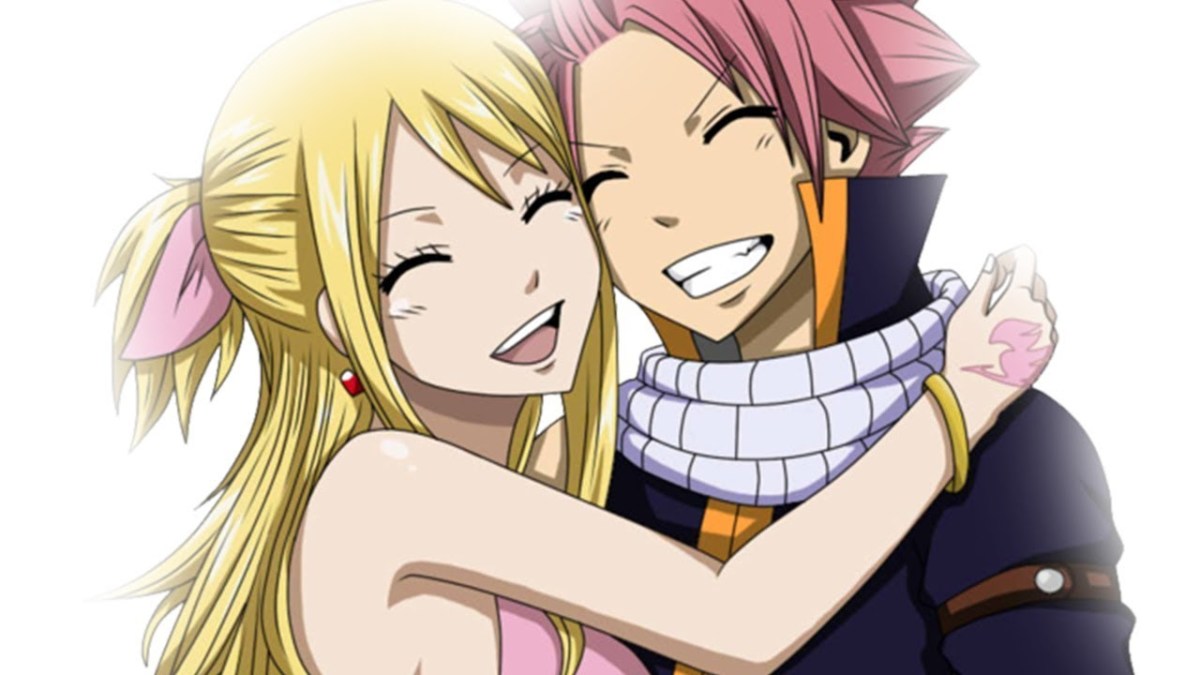Hitsugi no Chaika Anime Review
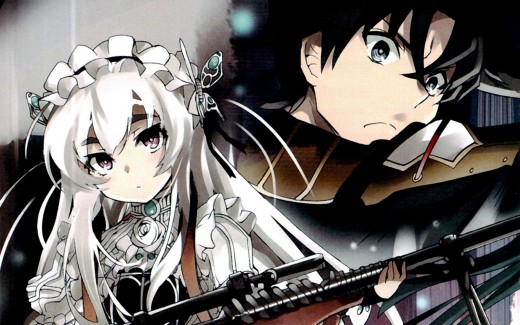
Hitsugi no Chaika is a 22-episode anime series, split into two seasons, the first being 12 episodes and the second being 10. It was animated by Studio Bones and aired in 2014. Bones is a studio that is most known for their work on the Fullmetal Alchemist series, and the fact that the studio was formed by many who had previously worked for Studio Sunrise. Hitsugi no Chaika, or Chaika -- The Coffin Princess in English, is based on a yet to be concluded light novel series by Ichirou Sakaki that began in 2010. The story, set in a sort of steampunk high fantasy setting, revolves around a retired soldier named Toru as he becomes involved in the pursuits of the titular character who could be best described as an enigma.
Characters
Toru Acura is the main protagonist of the series. It could be argued that Chaika is the main protagonist, but Toru is still the central point of all of the events of the show. Although he does not seem at all comparable in looks or methods to the "smart guy" stereotype, Toru is very careful with his ideas and reasoning, and it would be difficult for him to be tricked or entirely unaware of something. What makes this character trait of his even odder is the fact of him being a skilled melee fighter, since this ability is rarely paired with high intellect. However, it actually makes a decent amount of sense that an assassin-esque person such as Toru would need to have a high sense of awareness and reasoning in order to be at all successful at his job. His weakness lies in that he does not really understand himself or his values, and instead seeks for something else to give him a purpose rather than making one on his own.
Chaika Trabant appears to be a very naïve and unintelligent individual. This is best exemplified by how her Japanese is barely intelligible. Most of her sentences utilize only the most important adjectives or nouns that the specific phrase or sentence requires, while leaving out most connecting articles and phrases (of course this is directly referring to how the subtitles interpret what she is saying, I do not know Japanese well enough to describe her speaking of it very effectively). This is the most iconic part of her character, or maybe even the most iconic thing in the entire series, as it makes her quite memorable. But it would not be one hundred percent correct to assume that her inner composition is entirely coherent with what is evident on the outside. There are a few instances that seem to suggest that Chaika is reasonably competent in her approaches, or maybe even extremely adept.
Akari Acura is Toru's "sister." It is made clear early on that the two are not actually blood related, but they grew up together so they often refer to each other as siblings (keep in mind that the Japanese phrases "nee-san" and "nii-san" are used in somewhat different circumstances compared to the English terms of "sister" and "brother"). Akari is far less important to the story of Chaika than the other two main characters, and she never gets a whole lot of development or receives a distinct personality. Still, the show would be much different without her "comedic relief," as one might call it, as well as her unwavering devotion to the actions of Toru and Chaika.
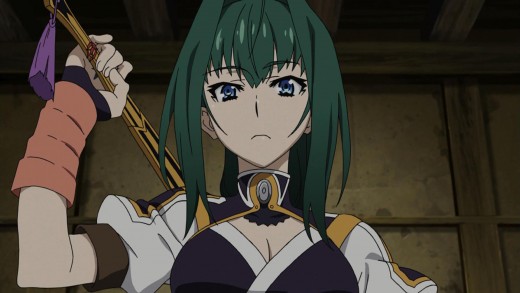
Frederika is the last of the only four characters who are constant throughout the entirety of the show. She provides far less presence, only coming in to say or do anything whenever it is absolutely needed. This element of her character is especially confounding, considering that she is rather whimsical and energetic whenever she actually makes an appearance. Perhaps she requires large periods of solitude and/or introspection between events, which would make her an "extreme introvert." But there's no way to know if this is true via the anime alone since so little importance is placed on Frederika's character within its context.
The series has a vast array of supporting characters. The Gillette Corps is probably the most noteworthy groups of supporting characters. This group's aim is to stop the protagonists in their venture, since they think that they are trying to start a war. The Gillette corps never seems unjustified in their attempts to stop the main characters, and a few of them, such as Vivi Holopainen, even have reasonably fleshed out personalities and are dynamic characters.
There's also another opposition to the protagonists, and these characters could be called "alternate Chaikas." Each of these characters are female and claim to be the daughter of the late tyrant Arthur Gaz. Each of these "Chaikas" have the same goal as Chaika Trabant: gather the remains of Arthur Gaz. Even though each of them are trying to do essentially the same thing, they are all doing it in different ways and have different intentions regarding why they are doing it. I found this instance to be one of my favorite parts of the show, as it showcases how important individual personalities are, and also shows us how humans will often be determined to be the sole victor at something, regardless of how many others are trying to do the exact same thing.
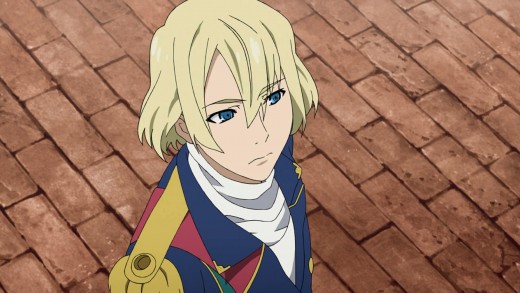
Story
The first episode of Chaika begins in a rather abrupt way, as we're introduced to the two main characters at the same time. Maybe more time should have been spent with just Toru, but whatever, it isn't that big of a deal. The rest of the show pans out in a similar fashion, not giving substantial breathing room for viewers to take in all that happens, but it isn't obscenely fast for the most part. At times it feels as if more development or detail in certain parts are on the way, only for the show to prematurely slap you in the face with a sign that reads "alright, here's the next thing."
The first episode gives a basic outline of how the characters will interact and the events that they involve themselves in will come about. When Toru and Chaika converse, it seems like a conversation between an adult and a child, which would not be an incorrect extrapolation considering Chaika is only 14 (though I don't recall her age ever being stated in the anime). Neither of them know each other at this point, and how each of them act in this single instance says a good deal about them: mainly how Toru will take up basically any task given to him, and that Chaika is probably a little too friendly with strangers. Another element that this scene showcases is the show's unusual take on "magic," in which people wield gun-like objects that they utter incantations at and then operate in order to produce magic. This concept adds very little to the actual story, but it is an interesting thing to have on screen nonetheless.
A significant point regarding the magic system within the world of Chaika goes entirely without explanation. Chaika never uses her magic in order to kill another human, yet she uses it multiple times to kill non-human creatures. It is never made clear that the reason she does this is because she doesn't want to kill people or because something in the magical system prevents her from doing so. If this is indeed a plot hole, then it would be a very large one.
The last reoccurring element that the show's first scene exemplifies is that of very high amounts of gore and blood. I'd have to say that Chaika does a very good job with its gore mainly because it is used sparingly. Unlike edgy splatter-fests such as Akame Ga Kill!, Chaika uses gory imagery only a handful of times throughout its entire length. Not only does this prevent desensitization towards violence, but this also makes the world feel more real because it paints gore as a rare sight, because that's how it is in the real world.
Scene from the first episode
The scene that follows the first one introduces Akari. She's initially depicted as some kind of "tsundere-sister-thing." I wouldn't have a problem with this cliché if I hadn't already seen it at least ten times prior to my viewing of this, but it still seems like an attempt at some kind of lame pandering when she could have been made a more memorable character by not following so many tropes. Akari is definitely the least interesting of the three main characters, as it never feels like she was completely needed or that she gets much development, but things would still be very different if she were absent.
Chaika is very much an action show at heart. Fights occur every few episodes and they never feel like they were forced into the plot simply for the purpose of action. Each fight is choreographed with admirable detail. Not only do the fights look cool, but they are also very tense because the consequences of the particular engagements run deep, and the ones fighting are usually utilizing a strategy of some sort. The abilities of the characters never feel overblown either, because many of the techniques they are performing in a fight look difficult, and don't feel as if they could just swing their weapon(s) mindlessly and win the engagement. For examples of action scenes that look pretty but are in no way tense or interesting, watch Sword Art Online.
The motivations of each of the characters serve to fulfill the major themes of the show. For example, Toru would be content with starting a war simply because the end of the most recent war left him without an obvious direction in his life. It's uncommon to see a character in a narrative who is mostly level-headed, but has a skewed world view. I suppose Toru's situation is understandable, because fighting is what he is good at, and I'm sure anyone else placed in a situation where they are unable to do what they are good at would behave similarly. However, it could also be said that Toru acts the way he acts because he is only 20 years old, and thus does not yet fully understand himself. Chaika's character development seems to go in the opposite direction. The main problem she faces is that she rarely questions her reasoning for anything, and she may also be a victim of overt passivity at times. Both of these characters receive decently good development over time, but I can't help the feeling that their changes were not expanded upon enough in order to be as memorable as they could have been.
One of the major plot points of the show is the multiple (or alternate) Chaikas. I don't know if a similar concept has ever been used in a different narrative, but I have never heard nor seen such a thing prior to this writing. To me, it sounds like something that could have come from an Asimov novel, and the reason that the whole thing is so interesting to me is because I find the exploration of societal or psychological ideas by use of transcendental circumstance to be a point of supreme enlightenment, though I understand why not everyone can relate. Although its overall idea was enticing at first, the multiple Chaikas occurrence came off as not fully explored in the end. Also, the entire reason that the multiple Chaikas exist in the first place is a highly discouraging and overall disappointing one.
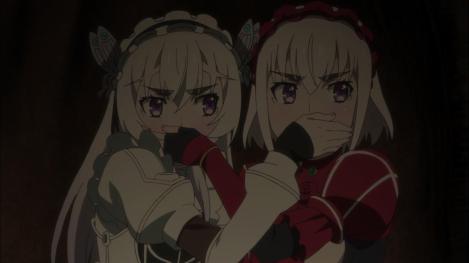
Hitsugi no Chaika has probably the most subtle otaku pandering compared to a lot of other anime that contain fan service of some kind. It has a few tropes and cliches that are commonly associated with ecchi or "wish fulfillment" anime in general, but the show plays them off very lightly as if it were any other fantasy world that could have been written in the west. Still, the often impractical outfits of some of the female characters (thankfully not Chaika) are confounding considering that this show doesn't place much importance on its characters genders' in relation to each other. You could argue that Toru is traveling with a harem for the entirety of the show, but only one of them has a serious romantic potential with him, and the other two could be gender swapped without changing 90% of the story. Unlike many narratives, both western and eastern, the characters are not defined by their genders, but instead by their actual character traits.
A large number of the show's characters have a lot of importance placed upon them, yet in the end they don't feel very important, as if their development was cut off by the fact that the anime only adapts a portion of the light novel series since it has yet to be concluded. There's still a lot to be noticed from these characters, and they definitely aren't terribly written, but they are very inconclusive, so I'm left wondering why so much time was spent detailing them if the entire point of their existence is never given any attention to.
The world of Chaika feels believable for the most part. The authorities actually have authority, and the characters that oppose the main protagonists are not unrealistic or unwarranted in their quest to stop the main protagonists. In fact, the actions of the antagonists are probably more justified than the protagonists since they are the true "good guys." These elements prevent the story from feeling ridiculously stupid or overgeneralizing.
The final few episodes of Chaika, and arguably the entire second season, are extremely fast-paced to the point at which the show feels like it is putting the bare minimum amount of detail into its narrative structure. During the penultimate episode, a gigantic, but somewhat predictable, plot twist appears with nowhere near enough time to effectively pace the events and information given while still getting the ideal response out of the audience. In the final episode, the major climax and resolution are glazed over in all of 20 minutes, leaving very little room for us to get sufficiently acquainted with the major themes of the characters and the story. This pacing issue could have easily been avoided if there were a few more episodes, and this is a little odd considering that the second season is only 10 episodes which is 2 less than the average episode count for one season. It's safe to say that Studio Bones likely did not have enough money to fund a full 12 episodes, since it would be insane to assume that they actually thought that the final episodes were reasonably paced
Animation & Sound
The animation of Chaika is potent and detailed when it is most necessary for it to be so. The action scenes are mainly where Studio Bones decided to utilize these qualities. In many of the dialogue scenes, the animation quality takes a dip, to the point at which many of the characters look inhumanly shaped or distorted whenever they are a certain distance away from the camera. There was one action scene near the end where it was very obvious that Bones was running out of budget, since there was no blood and the movements of the characters in the scene felt more robotic than in the other action scenes.
I can recall almost nothing about the soundtrack of Chaika. Perhaps this may be because there is not much to notice about it and thus it never left a significant mark on my mind in the first place. The only track I remember is the first opening song, mainly because it does a pretty good job at depicting the overall tone of the show in that it contrasts high-pitched and quick guitar notes with some softer timbres. Maybe this track doesn't one hundred percent emanate the feeling of the show, but it certainly does to a degree.
Conclusion
Hitsugi no Chaika is not extremely notable or terrible. It does a fairly good job with its characters and actions sequences and contains a good amount of originality at points. Unfortunately, the many ideas it has aren't used to their full potential. Also, many parts don't have enough emphasis placed on them, since the show is so bent on filling out all of its major plot points in time that it fails at making the viewer completely filled in on all of its themes. The final few episodes are the worst offender in this regard, packing what would normally be covered in three to five episodes into only two. This is the worst time to have pacing issues since the conclusion of any story is rarely not the most important segment. The animation and sound qualities are only noticeable when they absolutely need to, and many talking scenes are animated poorly. Overall, I'd say that Chaika will be remembered in the coming years solely for the mannerisms of its titular character and not for its actual story.

